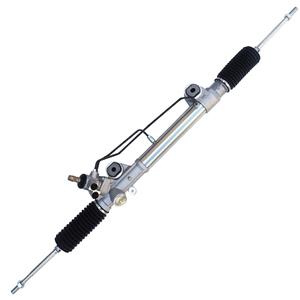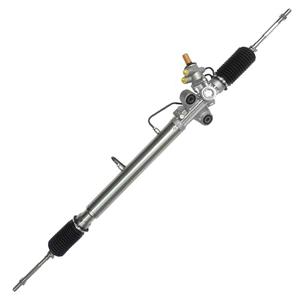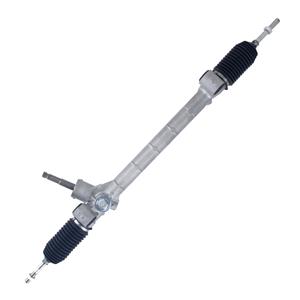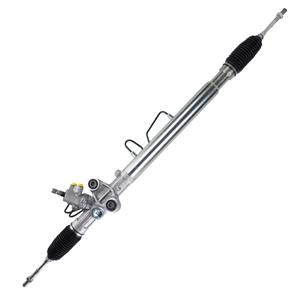What is the module of the rack gear in the hydraulic steering rack?
In the automotive steering system, the hydraulic steering rack is a common and important component. It helps the driver to control the direction of the vehicle more easily through the action of hydraulic pressure. The coordination between the rack and the gear is a crucial part of this system, and the module of the rack gear is one of the key parameters that determine its meshing relationship, transmission efficiency and service life.
This article will explore the module of the rack gear in the hydraulic power steering rack, analyze its impact on system performance, and explore the principles behind the selection of the module and the considerations in practical applications.
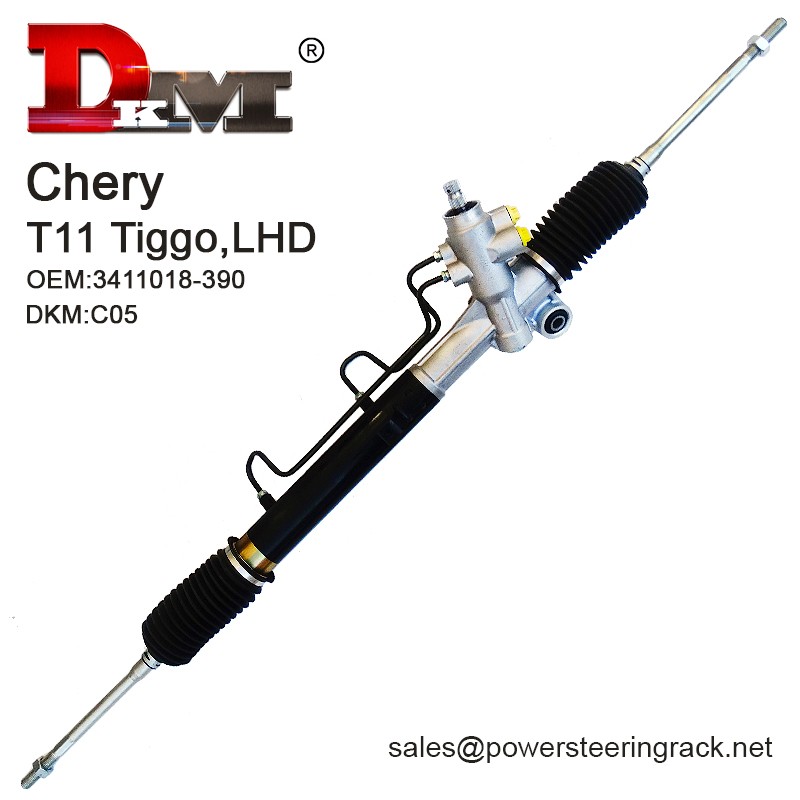
What is the module of the rack gear?
The module is a basic parameter for measuring the size of the gear. It is defined as the ratio of the addendum diameter to the number of teeth, that is, module = addendum diameter / number of teeth. It is measured in millimeters and directly determines the size and shape of each tooth. The larger the module, the larger the pitch of the gear, and vice versa. The module is a key parameter in gear design, which affects the strength, contact stress, manufacturing difficulty and transmission stability of the gear.
What is the role of modulus in gear meshing?
In gear transmission, the modulus not only determines the size of a single tooth, but also affects the meshing of the gear and the rack. Only gears and racks with the same modulus can mesh perfectly, ensuring smooth transmission and efficient power transmission. The choice of modulus is crucial to ensure the stability and durability of the steering system.
What is the relationship between modulus and other parameters?
The modulus is closely related to parameters such as the number of teeth, the addendum diameter, and the pitch. When designing a gear transmission system, these parameters need to be considered comprehensively to ensure the best performance of the system. For example, for the same addendum diameter, the larger the modulus, the fewer the number of teeth, and the strength and load-bearing capacity of the gear will increase accordingly.
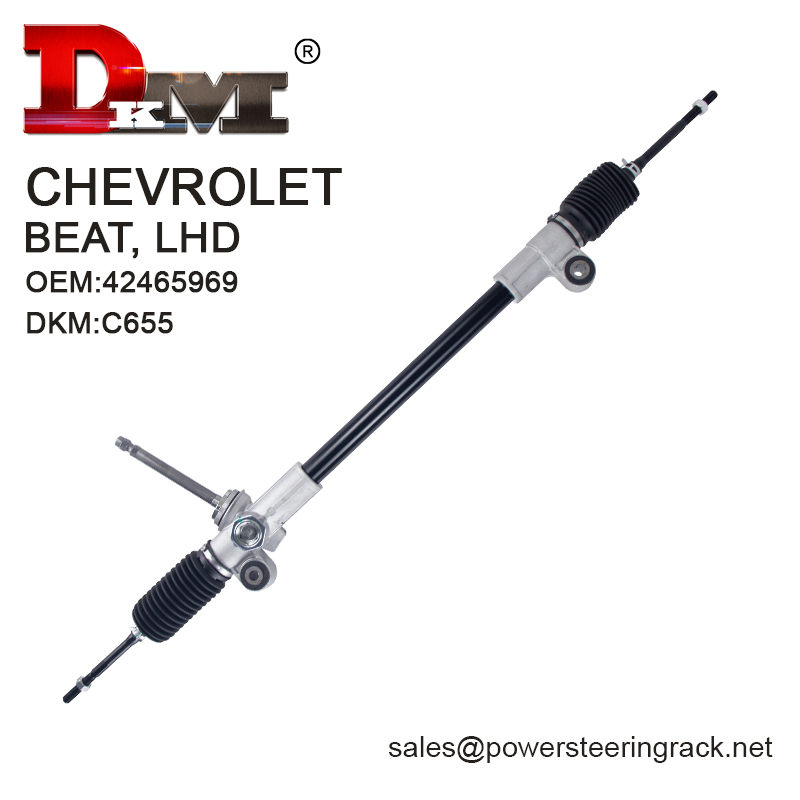
What is the modulus of the rack and pinion in the hydraulic steering rack?
After understanding the basic concept and role of the modulus, we can further explore the specific selection and importance of the modulus of the rack and pinion in the hydraulic steering rack.
1. Characteristics of rack and pinion in hydraulic power steering rack
In the hydraulic steering system, the coordination of the rack and pinion determines the response speed and control accuracy of the steering system. As a linear moving component, the rack must accurately match the pitch and tooth shape of the gear to ensure smooth steering operation. The choice of modulus directly affects the meshing of the rack and the gear.
● High precision requirements: The hydraulic steering system requires very precise meshing of the gear and the rack to avoid looseness or hysteresis during steering. The choice of modulus needs to take into account the strength and durability of the gear while meeting the accuracy.
● Strong load-bearing capacity: The hydraulic steering system is subjected to large torques, especially when the vehicle is driving at high speed or making sharp turns. Therefore, the modulus of the rack and pinion must ensure that the gear has sufficient strength to withstand high-intensity loads.
2. Common modulus range
In hydraulic steering racks, the modulus of the rack and pinion is usually selected within a certain range to balance accuracy, strength and manufacturing cost. Generally speaking, rack and pinion with a modulus between 2 and 4 mm are more common. This range of moduli can provide sufficient gear strength while ensuring accurate meshing of the rack and pinion.
● Module 2 mm: The module is small and the pitch is small, which is suitable for light vehicles or vehicles with high steering precision requirements. Rack and pinion with this module is difficult to manufacture, but its high precision can provide extremely agile steering response.
● Module 3 mm: This is a common choice and is suitable for most medium-sized vehicles. It strikes a good balance between strength and precision and can cope with a variety of road conditions and driving requirements.
● Module 4 mm: The module is large and the pitch is large, which is suitable for heavy vehicles or vehicles with high steering force requirements. This type of rack and pinion can withstand greater torque, but its steering response may be slightly slower, which is suitable for occasions requiring higher load capacity.
3. Factors in module selection
The selection of the module of the rack and pinion needs to take into account multiple factors, including vehicle type, steering system design requirements, manufacturing process, and cost control.
● Vehicle type: Different types of vehicles have different requirements for the steering system. For example, light cars may pay more attention to steering sensitivity, so they choose rack and pinion with a smaller module; while heavy trucks require stronger load capacity and may choose rack and pinion with a larger module.
● Steering system design: When designing a steering system, the designer will select a suitable rack and pinion modulus according to the performance requirements of the vehicle to ensure the stability and reliability of the system.
● Manufacturing process: The smaller the modulus, the more difficult it is to process the gear, and the manufacturing cost is relatively high. Therefore, on the premise of meeting the design requirements, choosing a suitable modulus can effectively control the production cost.
● Durability: The choice of modulus also needs to consider the durability of the rack and pinion. In a high-intensity use environment, choosing a larger modulus can increase the life of the gear and reduce wear.
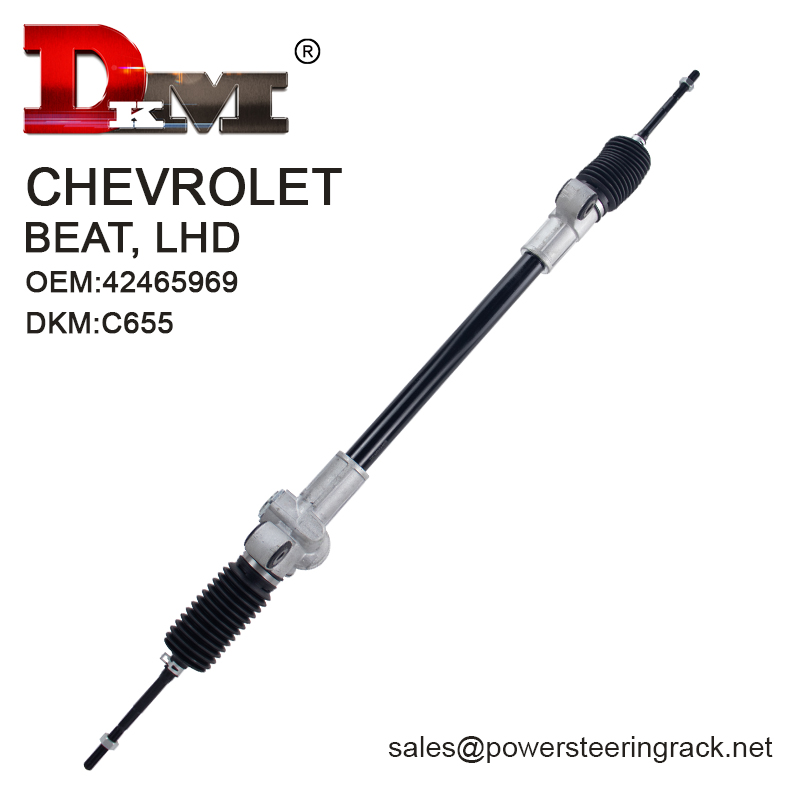
Calculation and application of modulus in hydraulic steering rack
In practical applications, the calculation and application of the modulus of rack and pinion require rigorous engineering design and precise manufacturing process.
1. Calculation formula of modulus
The calculation of modulus is relatively simple, mainly determined by the diameter of the tooth top circle and the number of teeth. In the design of a hydraulic steering rack, the length and stroke of the rack are usually determined first, and then the number of teeth and modulus are inferred according to the rotation requirements of the gear.
The formula is as follows:
Module = addendum diameter / number of teeth
Designers can choose the appropriate module to meet the design requirements by adjusting the addendum diameter or the number of teeth.
2. Practical application of module
In practical applications, the module of the rack and pinion of the hydraulic power steering rack not only affects the manufacturing of the gear, but is also directly related to the driving experience of the vehicle.
● Determination of transmission ratio: The module affects the transmission ratio of the gear, which in turn affects the response speed of the steering system. Designers need to select the appropriate module according to the steering requirements of the vehicle to ensure the smoothness and accuracy of the steering.
● Selection of manufacturing process: The manufacturing process of rack and pinion with a smaller module is more complicated, requiring high-precision processing equipment and strict quality control. Rack and pinion with a larger module is relatively easy to manufacture, but still requires precise processing technology under high precision requirements.
● Inspection and debugging: After the rack and pinion are manufactured, strict inspection and debugging are required to ensure the perfect meshing of the rack and pinion. Rack and pinion with a properly selected module can maintain stable performance and a long service life during long-term use.

What is the impact of the module on the performance of the hydraulic steering rack?
The choice of modulus is not just a design parameter, it directly affects the overall performance of the hydraulic steering rack. The size of the modulus affects the contact stress and friction coefficient of the gear, which in turn affects the transmission efficiency. The right modulus can ensure good meshing between the rack and pinion, reduce energy loss, and improve the transmission efficiency of the system. This is especially important for hydraulic steering systems, because the improvement of transmission efficiency can make steering easier and less labor-intensive.
The modulus also has a direct impact on the strength of the gear. A larger modulus usually means higher gear strength, which can withstand greater loads and longer service life. For hydraulic steering systems, a proper choice of modulus can ensure that the rack and pinion maintain stable performance in long-term use and are not prone to wear or damage.
The choice of modulus also affects the noise level and smoothness of operation of the steering system. A smaller modulus usually results in higher precision and smoother operation, but may produce greater meshing noise; while a larger modulus may result in quieter operation, but may affect the agility of steering when high precision is required.
Conclusion
The modulus of the rack and pinion in a hydraulic steering rack is a critical design parameter that affects the performance and reliability of the entire steering system. The selection of modulus requires comprehensive consideration of multiple factors, including gear precision requirements, load-bearing capacity, manufacturing difficulty, and cost control.
In practical applications, designers need to select the most suitable modulus based on specific vehicle requirements and usage environment to ensure the efficiency, stability, and durability of the hydraulic steering system. Through in-depth understanding and reasonable application of the modulus, the hydraulic power steering rack can maintain the best working condition during long-term use, providing drivers with a safe and reliable steering experience.

